22 Important Points For Vetting Checklist Of Ship’s Third Officer
Vetting is the evaluation of the potential risks such as the ship’s structural integrity, competence of owners, managers and crew, past casualties and incidents. It is a grading system of a ship, enabling a potential charterer to compare between similar ships and choose the best for his needs to maximise efficiency.
The time right before vetting is a tiring period. Everything within the vessel must be checked for their operational integrity rendering officers and the crew to toil endlessly to ensure everything in place. Even if checks are carried out regularly, the time before vetting calls for everything to be rechecked and verified.
Following is checklist that may be followed as reminder of things to be inspected:
1. Safety Familiarisation
It must be ensured that all familiarisation forms are duly filled. The safety familiarisation must he carried out within 24 hours of joining the ship.
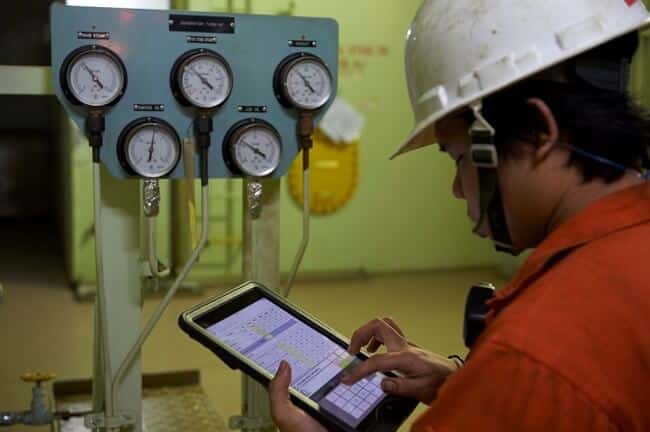
The evidence of crew training being carried out by Master should be available onboard. The record of familiarisation with all equipment and machinery are to be carried out before assigning ship board duty.
Read More on Ship Familiarisation
2. Drill
The full drill planner along with the drill matrix must be displayed on the bridge so that all officers remain informed about the same. The minutes of the drill just be duly recorded with all the proceedings well listed out. The absentees for drills must be rotated in a manner such that every crew member participates in all drills.
- Complete yearly drill plan available on board and displayed
- Record of familiarisation duly filled and filed. The same should be given to company superintendents within 24 hours of them boarding. In the remarks column, it should be stated ‘Familiarised with all lifting equipment’
Fire drill minutes should include:
- Reporting to Muster Station, description of fire and explanation of the duties assigned
- Starting of fire pump, boundary cooling
- Time to readiness on the end of the firefighters with SCBA and fireman’s outfit
- Testing of communication with firefighters
- Support team actions of closing vent flaps, readiness of stretcher etc.
- Few emergencies to include fire control and subsequent abandonment of ship
It must be ensured that during the drill, the following are discussed and a record of the training made:
- Operation and use of life raft
- Training of different types of fire extinguishers which are present on board
3. SOLAS and FFA training manual
These manuals are ship specific, tailored as per the equipment present and mandated for the vessel. Placed and available in the bridge as well as in the officers and crew mess. It should be promulgated as to the location of the manuals onboard. All officers must sign the company manual after going through them.
Training manual to be checked and confirmed for the following:
- Muster list and crew list duly updated
- Donning of lifejacket, immersion suit, anti-exposure suits
- Boarding, launching and clearing survival draft
- Use of LSA
- Use of engine and accessories
- Recovery of survival draft, rescue boats including stowage and securing
- Hazards of exposure and need of warm clothing
- Retrieval methods, including helicopter gear
- Instructions for the repair of LSA
Fire fighting manuals:
- Safety practice, precautions related to smoking, electrical hazards, flammable liquids etc.
- Procedure to activate manual call point, general instructions for fire fighting
- Operation and use of fire fighting system
- Operation and use of fire doors
- Operation and use of smoke dampers
- Escape systems and appliances
- Emergency procedures with respect to chemical cargo fire
- Prevention of fire if it has spread to the cargo area due to ignition of flammable values and include procedure if cargo tank gas purging and gas freeing
4. LSA/FFA maintenance file should always be duly updated
5. Lifeboat and life raft operating instructions to be displayed as per the launching poster, should be IMO approved and under the emergency light
Credits: Remi Jouan/wikipedia.org6. Painter must be connected to the weak link of HRU
7. Immersion Suit
The immersion suits must be periodically tested, once in every 3 months if within 10 years of manufacturing or every year.
8. Pyrotechnics
All pyrotechnics should be in good order and not expired.
- Ensure LTA is in state of readiness, within date and in good order
- Adhering to the section 7.1 of the Cide (SOLAS III/18)
- Not less than 12 rocket parachute flares shall be carried and stowed on or near the navigation bridge
- Illustrated table describing the life saving signals shall be readily available for the OOW
9. Isolation Valves
Isolation valves must be clearly marked and should be free to move. They should be operated weekly so that spanners are not needed and the movement is always free. The foam line/fire line valves and all foam valves on deck should be free to operate. Spindles should be well greased and spanners should be available at nearby locations.
10. International Shore Connection
The international Shore Connection should be placed at or around the gangway must have all the required nuts, bolts, gaskets and 2 sets of spanner in the box.
11. IMO Symbols
All IMO symbols including those required for the engine room to be in good condition and legible to read. Lifebuoys have different symbols depending on their make and it should be checked if the appropriate sticker is placed for the specific lifebuoy
Download Our Free eBook- The Ultimate Guide to Safety Signs on Ships
12. Expiry Dates
Confirm the expiry dates of pyrotechnics, LTA, HRU, EPIRB, GMDSS batteries, MOB marker, Lifejackets and immersion suit lights
13. Fire Plan
The fire plan in display must have all recommended symbols as per IMO resolutions A654 (16). The latest symbols must be in place. The fire plan container should have the latest stowage plan, crew list, muster list, oil spill duties, port contact list and MSDS for the latest cargo
Read More About- Fire Plan
14. Sprinklers
The sprinklers of the paint locker must be checked so that piping in in good order and valves are not leaking. The latest test date must be painted or stenciled outside for quick reference.
15. Portable Fire Extinguishers
- Ensure all extinguishers are placed closed to the entrance
- Spare cartridge and refills are provided 100% for first 10 extinguishers and 50% for remaining. Maximum spare charges need not exceed 60. CO2 spares to be provided
- Extinguishers to be hydro-tested
- Ensure there are no damages or dents on the extinguishers
- All extinguisher refilling records just be maintained
Each extinguisher should have the following markings:
- Name of manufacturer
- Type of extinguisher
- Type and quantity of extinguishing medium
- Pictorial instructions of how to use the extinguishers and recharge them
- Year of manufacturer
- Temperature range
- Test pressure
16. Firefighter’s Outfit and SCBA
- Check protective clothing for damage
- Check the boot
- Safety lamp to be explosion proof
- Axe with handle should be checked
Read More On Firefighter’s Outfit
SCBA for 30 minutes:

- Ensure whistle is operational
- Leak test ensures face mask integrity
- 1 spare bottle for each set
- Hydrotest done
- Pressure as per manufacturer
- Fire proof line of 30 m each
- Annual inspection to be carried out
4 SCBAs are for FFA requirements which must be clearly marked. In addition, 3 SCBAs are for IBS (Chemical PPE) requirements and they should be clearly marked as well.
17. GMDSS
GMDSS portable hand held batteries should be discharged completely once every month and recharged. The same should be logged. The spare batteries should not be expired and their deal intact. Daily position to be logged in the GMDSS log book.
Read More on Different Tests Of GMDSS Equipment
18. Lifeboat
The Lifeboat should, for starters, be better and tidy. All IMO Symbols must be in place. All lights such as canopy light, search light etc. should be working.
The air bottles must be fully charged. The steering should be free on either sides. Sprinklers should be functional. Portholes should be clean. Basically, all Lifeboat parts must be checked for their operational integrity. Additionally following should be checked:
- Lifeboat engines should start on one battery only. The engine should be started twice every boat drill- one for each battery.
- Lifeboat lowering instructions in dangerous atmosphere to be posted and available under emergency light
- Lifeboat hatches free of rust and greased
- Propeller and rudder well painted
19. Liferaft
Life raft ID container to be attached and in place. Embarkation lights should be working and swirl to be free. Launching instructions to be posted under emergency light.
20. EEBD and ELSA
All EEBDs and ELSAs should be checked for their bottle pressure which are to be in the green zone. They must have a monthly inspection tag.
21. FFA
All fire doors in accommodation should be checked for closure. All fire hoses must he checked for their condition and all nozzles to be free with spanner. All hydrants should have their caps in place; there should be no leakage and the seizing wire should be present. The record of pressure testing on the fire hose must be present and updated.
Read More on Types of FFA
22. Lifebuoy and lifejacket
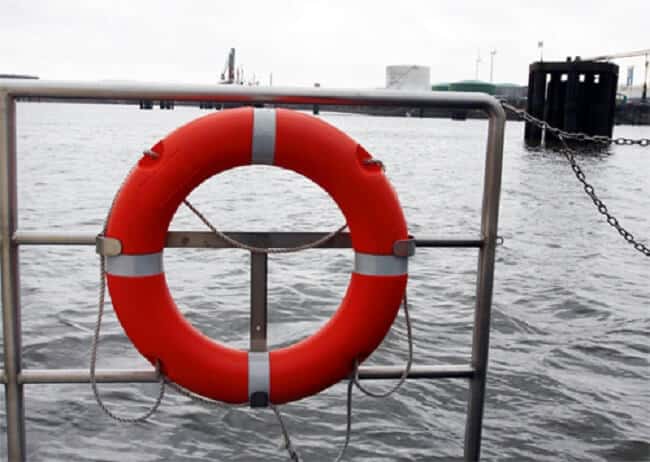
The lights, buoyant lines, quick release mechanisms and self activating smoke floats must be in good order. A lifejacket should be provided for every person onboard with additional number of lifejacket for the OOWs and for use at remotely located survival draft stations. The lifejacket carried for persons on watch should be stored on bridge, ECR and other manned watch station.
Over to you..
What are other important points that can be added to this list?
Let’s know in the comments below.
Disclaimer: The authors’ views expressed in this article do not necessarily reflect the views of Marine Insight. Data and charts, if used, in the article have been sourced from available information and have not been authenticated by any statutory authority. The author and Marine Insight do not claim it to be accurate nor accept any responsibility for the same. The views constitute only the opinions and do not constitute any guidelines or recommendation on any course of action to be followed by the reader.
The article or images cannot be reproduced, copied, shared or used in any form without the permission of the author and Marine Insight.
Do you have info to share with us ? Suggest a correction
Latest Shipboard Guidelines Articles You Would Like:

About Author
Shilavadra Bhattacharjee is a shipbroker with a background in commercial operations after having sailed onboard as a Third Officer. His interests primarily lie in the energy sector, books and travelling.
Subscribe To Our Newsletters
By subscribing, you agree to our Privacy Policy and may receive occasional deal communications; you can unsubscribe anytime.
Web Stories



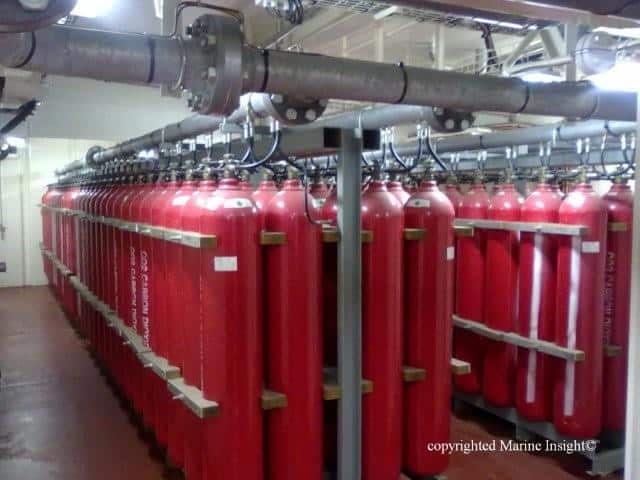
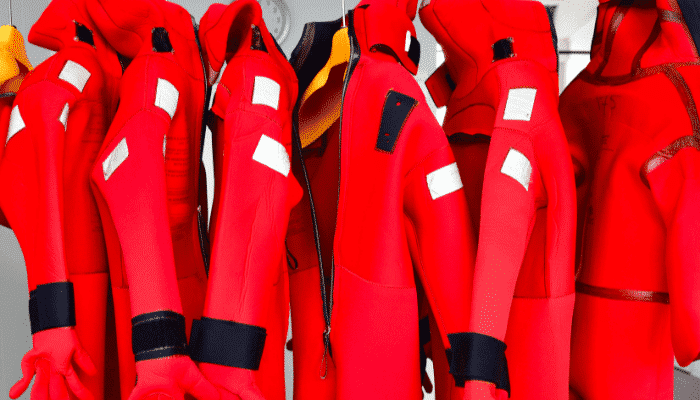
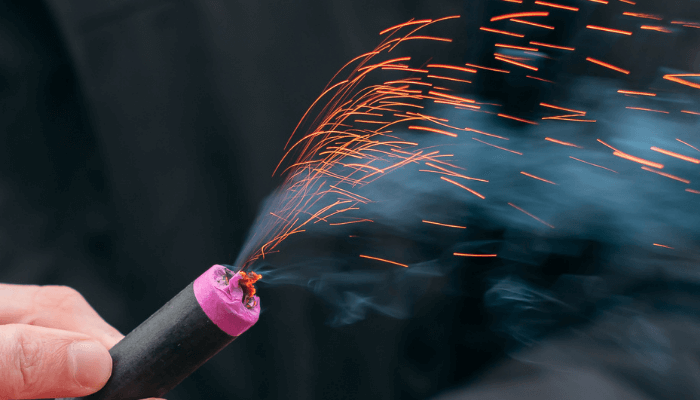
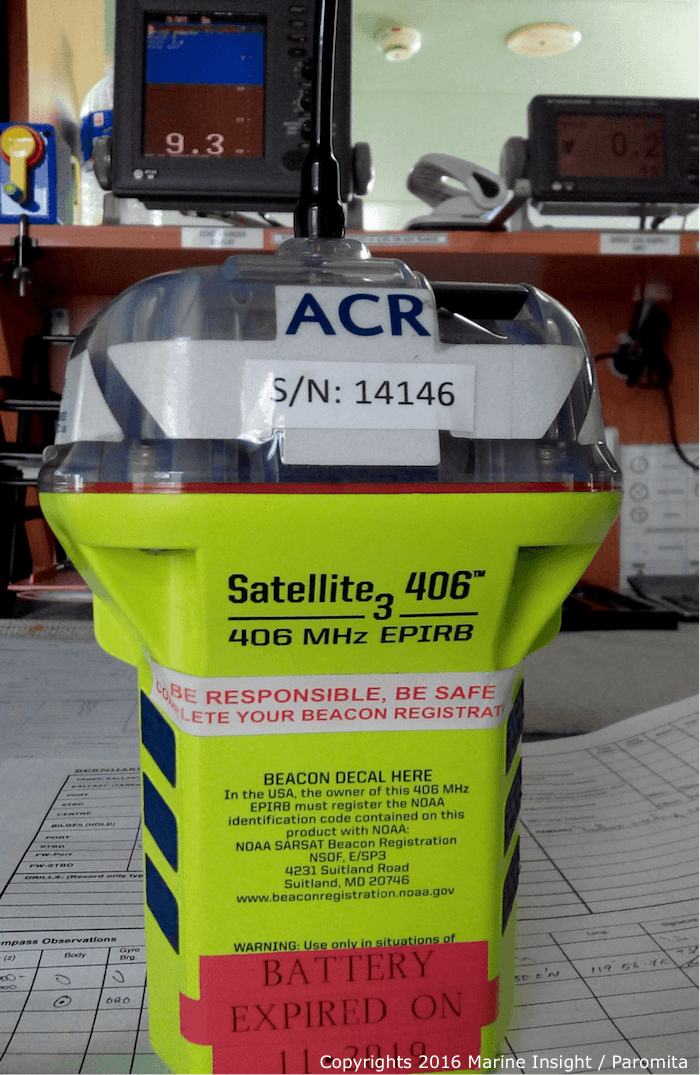
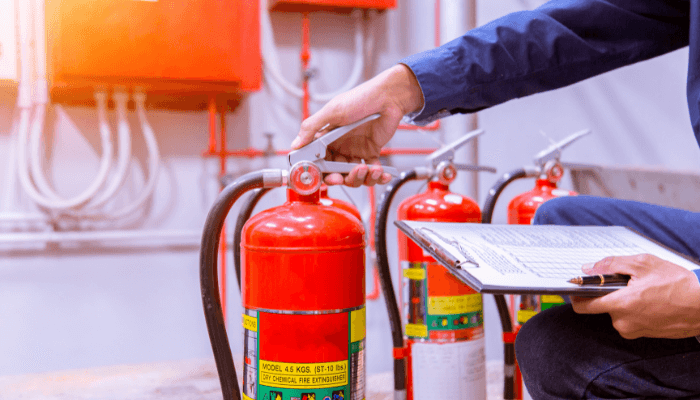

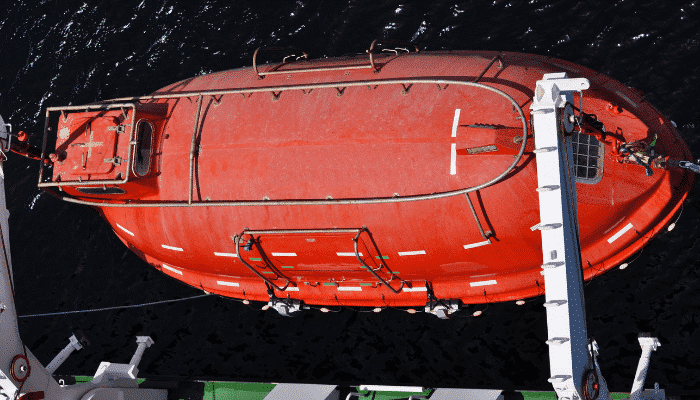
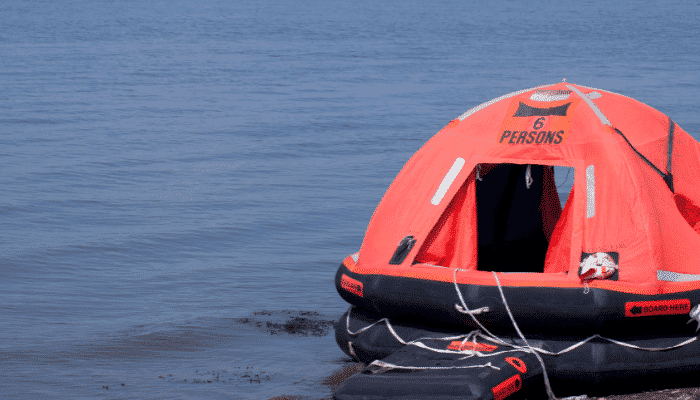
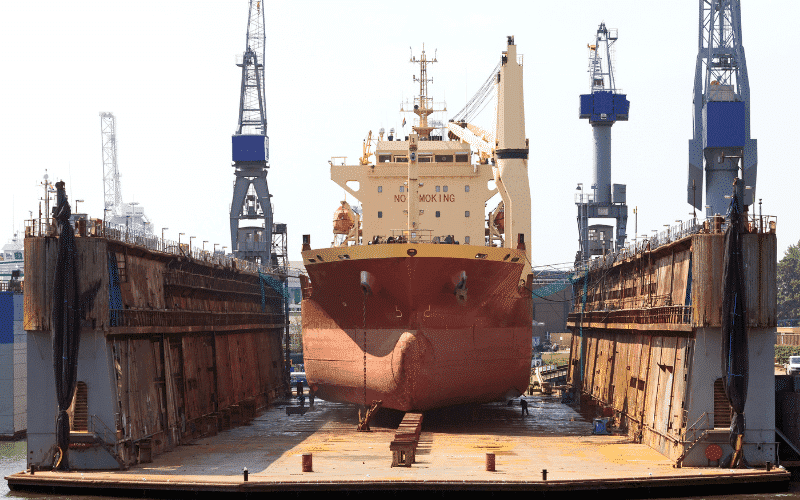
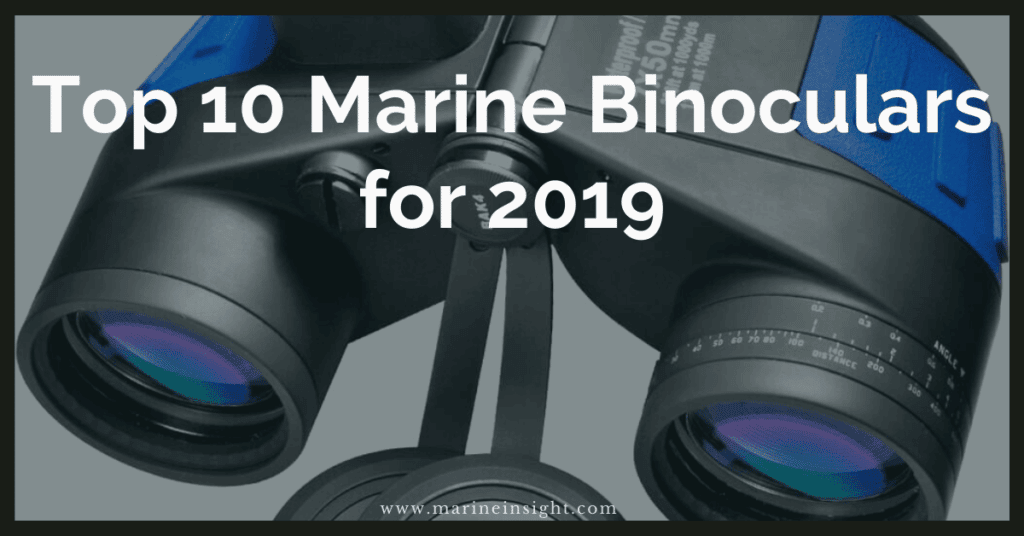
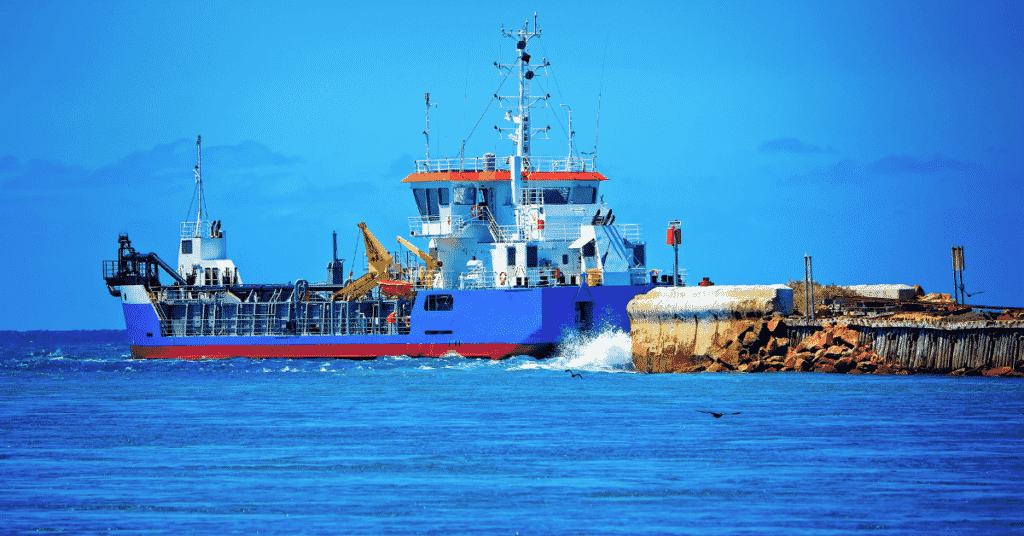
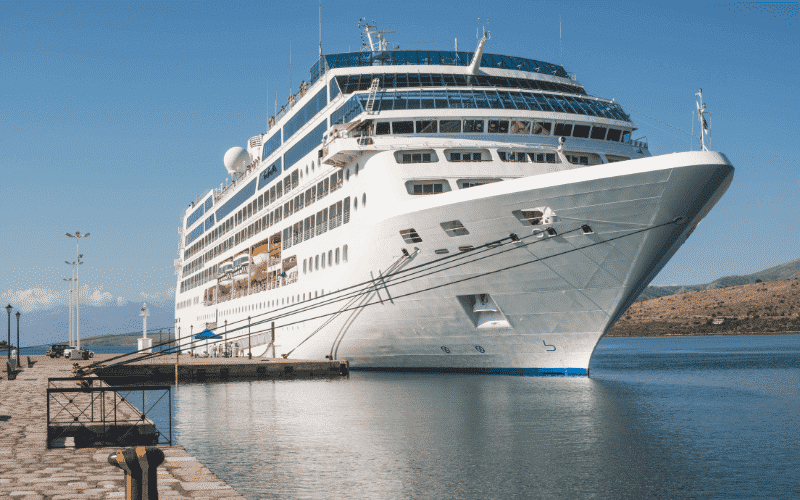



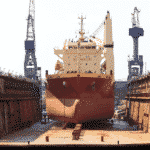
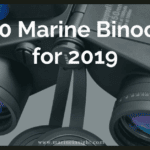
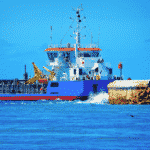
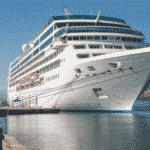


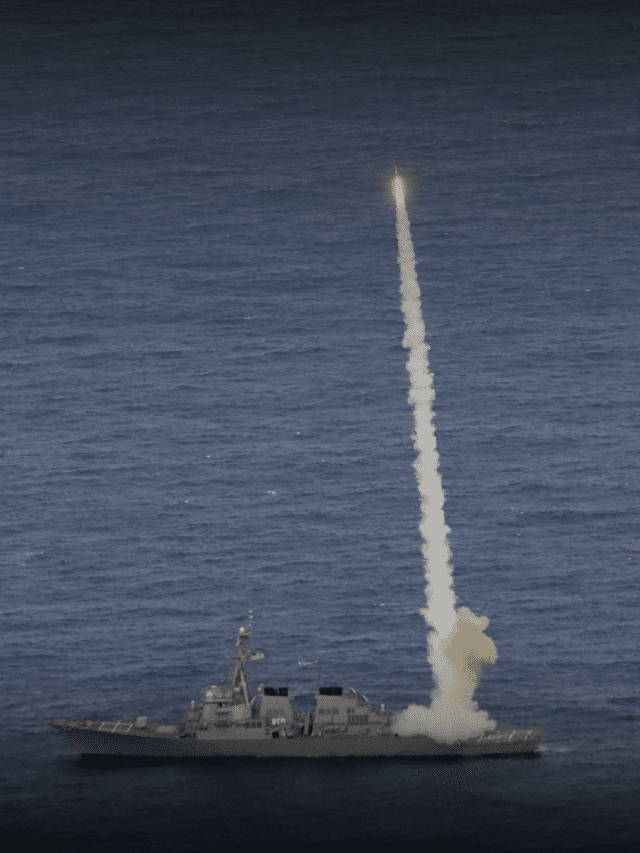

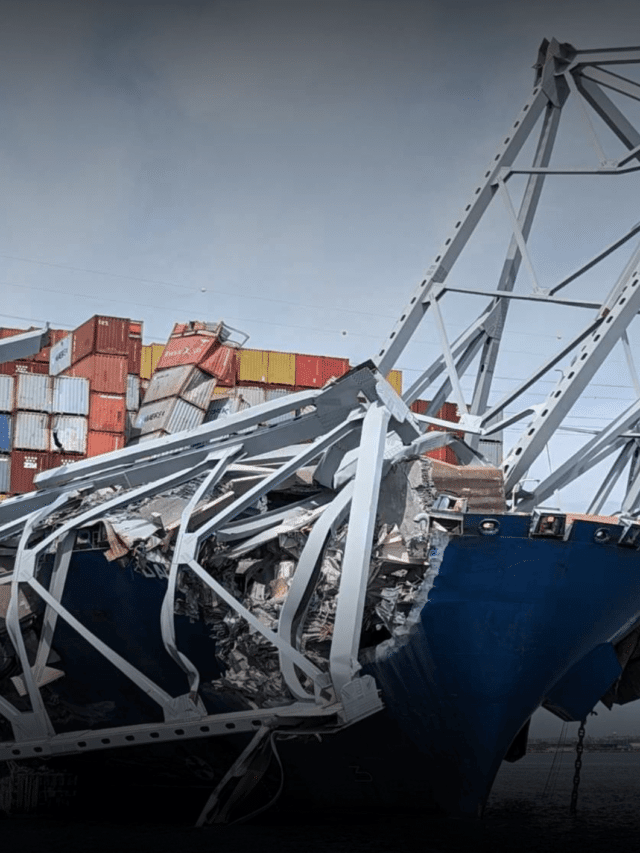


well sad that year’s ago car-carrier’s in london had drowned *years ago: too large is bad
for specially bulk-carriers, containers, car-carriers but unaware shore staff do not understand this issue~thus merchant navy boy’s are not joining as deck/engine cadets
Excellent information for my officers on board
Good job Shil, keep writing.
thank you very much
Nice information as
Important information as ready reference.
Thank you Pradeep for the comment.